The Exultant Ark
A Pictorial Tour of Animal Pleasure
JONATHAN BALCOMBE
 UNIVERSITY OF CALIFORNIA PRESS Berkeley Los Angeles London
UNIVERSITY OF CALIFORNIA PRESS Berkeley Los Angeles London
University of California Press, one of the most distinguished university presses in the United States, enriches lives around the world by advancing scholarship in the humanities, social sciences, and natural sciences. Its activities are supported by the UC Press Foundation and by philanthropic contributions from individuals and institutions. For more information, visit www.ucpress.edu .
University of California Press
Berkeley and Los Angeles, California
University of California Press, Ltd.
London, England
2011 by Jonathan Balcombe
Prepress by IO Color
Printed and bound by CS Graphics, Pte. Ltd.
Text: Chapparal Pro
Display: Unit
Design and composition by Lia Tjandra
Index by Thrse Shere
Title page image: Northern Hawk Owl (Surnia ulula), Stoney Creek,
Ontario, Canada. Photo: Raymond Barlow.
Library of Congress Cataloging-in-Publication Data
Balcombe, Jonathan P.
The exultant ark : a pictorial tour of animal pleasure / Jonathan Balcombe.
p. cm.
Includes bibliographical references and index.
ISBN 978-0-520-26024-5 (cloth : alk. paper)
1. Emotions in animals. 2. Emotions in animalsPictorial works. 3. Animal behavior. 4. Animal behaviorPictorial works. 5. Pleasure. 6. PleasurePictorial works. I. Title.
QL785.27.B347 2011
591.5022'2dc22
2010043747
Printed in Singapore
20 19 18 17 16 15 14 13 12 11
10 9 8 7 6 5 4 3 2 1
The paper used in this publication meets the minimum requirements
of ANSI/NISO Z39.48-1992 (R 1997) (Permanence of Paper).
To all the animals caught up in the joys and the travails of life.
CONTENTS

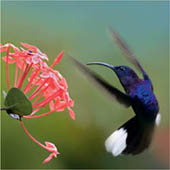
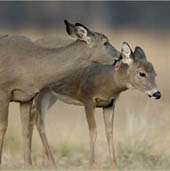
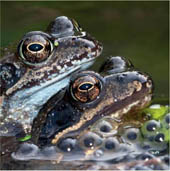

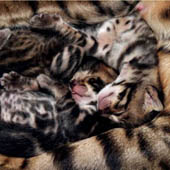
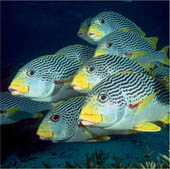
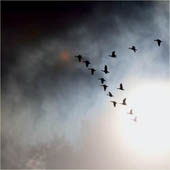
ACKNOWLEDGMENTS
This book would be a mere shell without the photographs. I am deeply grateful to all of the photographers for their talent, their patience, and their skill in noticing what animals are doing and for documenting aspects of their lives commonly overlooked. This goes for both those whose works appear in this volume and the many whose fine images had to be excluded because there just wasnt room.
Thank you to those who provided comments and suggestions on the text, helped find images, or assisted with research: Marilyn and Emily Balcombe, Marc Bekoff, Jack Bradbury, Ben Elley, Karen Ferro, Stacy Frank, Peg Lau Hee, Marie Levine, Lori Marino, Sy Montgomery, Cynthia Moss, Shalese Murray, Roni Ostreicher, Kathryn Pasternak, Jaymi Peyton, Fransje van Riel, Erich Ritter, Ken Shapiro, Martin Stephens, Lorel Ward, Amotz Zahavi, and two anonymous reviewers for University of California Press.
Heartfelt thanks to my editor at the press, Jenny Wapner, who also helped shape the text and shepherded the book through a sometimes arduous and difficult peer review process. My views about animals and our relationship to them do not sit comfortably with many of my scientist colleagues. I commend the Regents of the University of California for recognizing the possibility that animals might deserve a better seat at the table than society currently grants them.
Thanks to the rest of the University of California team for their proficiency and professionalism in overseeing the considerable logistics required to bring together a project like this: Lynn Meinhardt, Hannah Love, Dore Brown, Juliana Froggatt, and Lia Tjandra. And thanks to my agent, Sheila Ableman, for always being an advocate for me and my ideas.
I am grateful to the Physicians Committee for Responsible Medicine, which arranged a photo competition for this book; the winning entry appears on .
Finally, thanks to my parents, Maureen and Gerry, for your passion and compassion for animals.

INTRODUCTION
Each winter, throngs of crows gather at the shopping plaza near my home in suburban Maryland. These birds have a lust for life; on the most bitterly cold mornings, I walk briskly to the bus stop in multilayered winter clothing while the crows, garbed in the same outfits they wear in summer, flap about and cavort boisterously as if the chill were nothing. Some mornings two hundred or more of the lustrous black birds are drawn to the Dumpster at one end of the parking lot. They loiter there like spectators at a sporting event, keeping a close eye on the action taking place below. The boldest individuals venture into the Dumpster to explore and tug at promising morsels while others perch vigilantly along rooftops and the branches of naked trees nearby. Often an aerial chase ensues when a bird grabs a hunk of food in her bill and thus becomes the target of others. Sometimes ten or more birds take up the pursuit. Occasionally a ring-billed gull joins in. The target crow tries to elude the pack with dramatic swoops, rolling swerves, and straight sprints. These chases can last many minutes. Schooled in evolutionary biology, I had assumed such behavior was part of the earnest struggle of life. I figured that the pursuers were hungry and desperate for a piece of the spoils. But Ive watched such chases through my binoculars, and Ive noticed that sometimes the bird being pursued has no food in her bill. One chase lasted eleven minutes and was still going on when my bus arrived. I began to wonder if these aerial skirmishes could be a game.
If the crows are indeed playing a game, then perhaps enjoyment is their primary motivation. As well see in the first chapter, many animals engage in play. (For simplicity and convenience, I use the term animal to mean a creature other than the human animal.) There are good evolutionary reasons for play behavior, such as developing strength, practicing important survival skills, and learning the social rules of ones species. But animals do not study evolution, and it is not likely that crows consciously play for evolutionary benefit any more than we humans do. They play because it is fun. Understanding animal pleasure requires recognizing that animals feel things both physically and emotionally; they have wants and desires as well as simple biological needs.


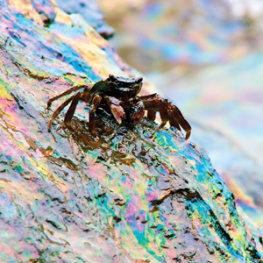

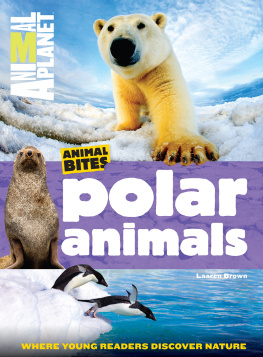

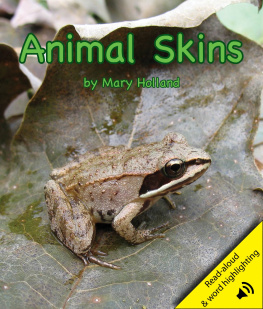

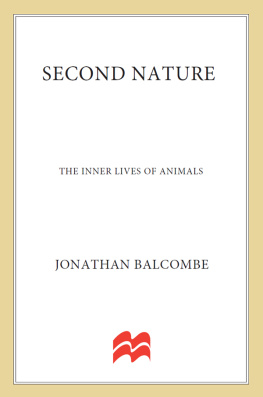
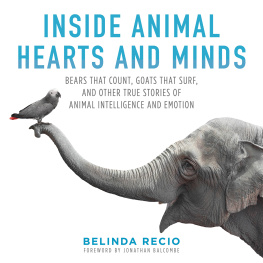
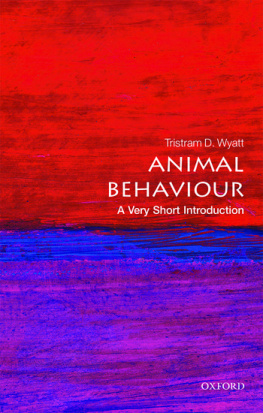
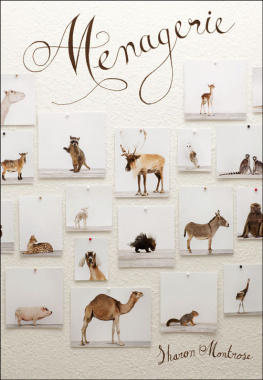
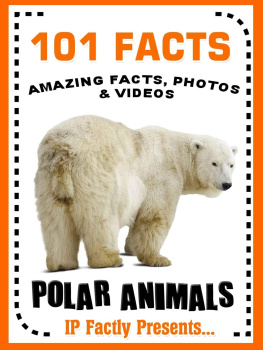

 UNIVERSITY OF CALIFORNIA PRESS Berkeley Los Angeles London
UNIVERSITY OF CALIFORNIA PRESS Berkeley Los Angeles London







